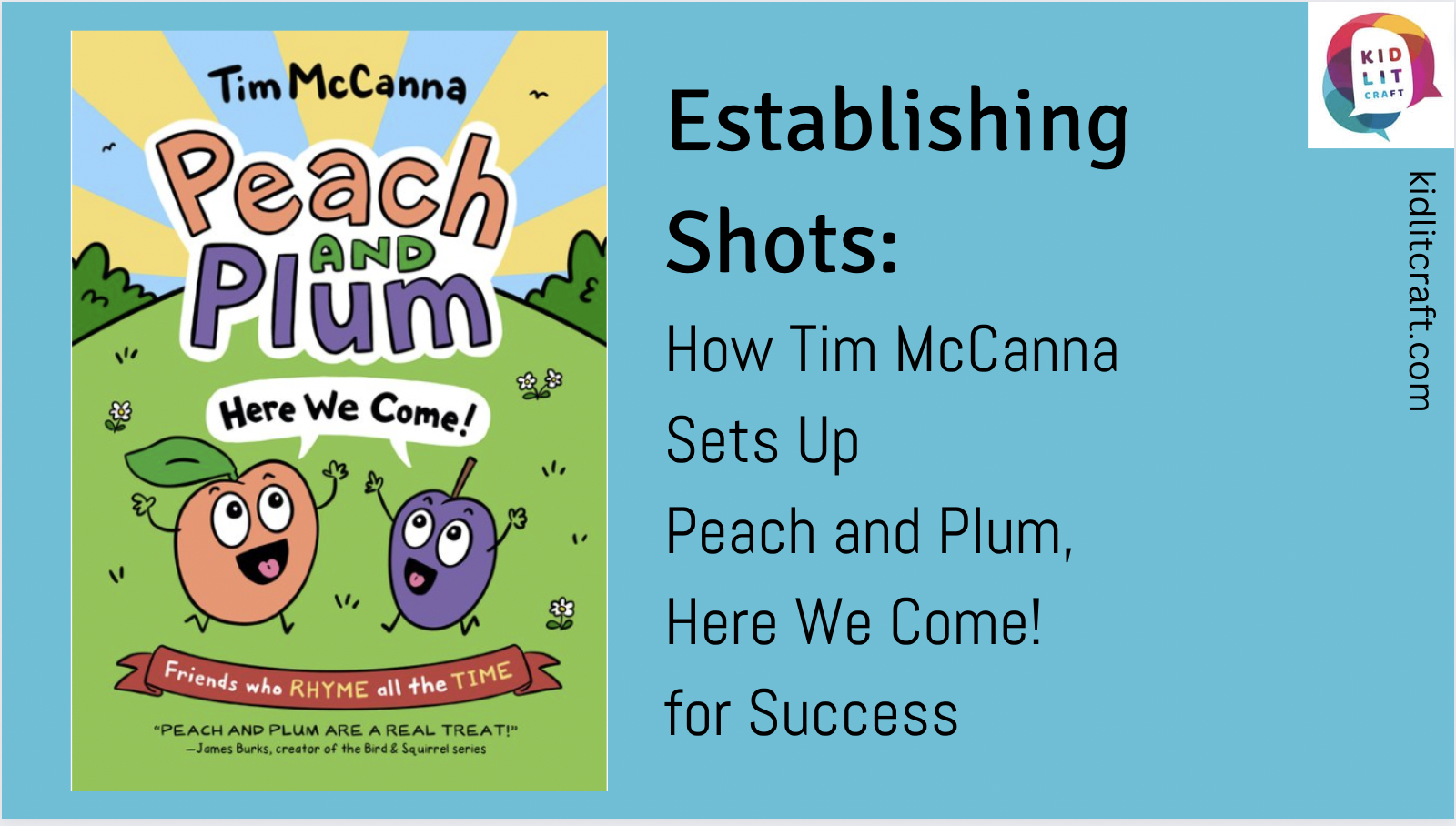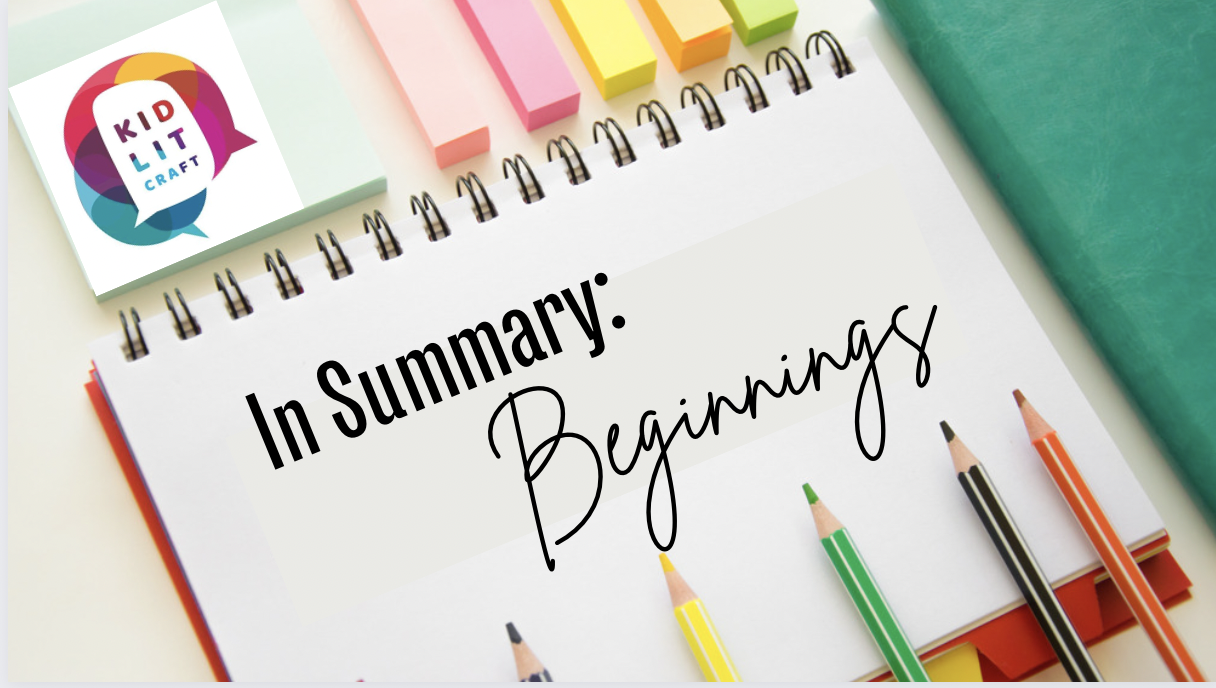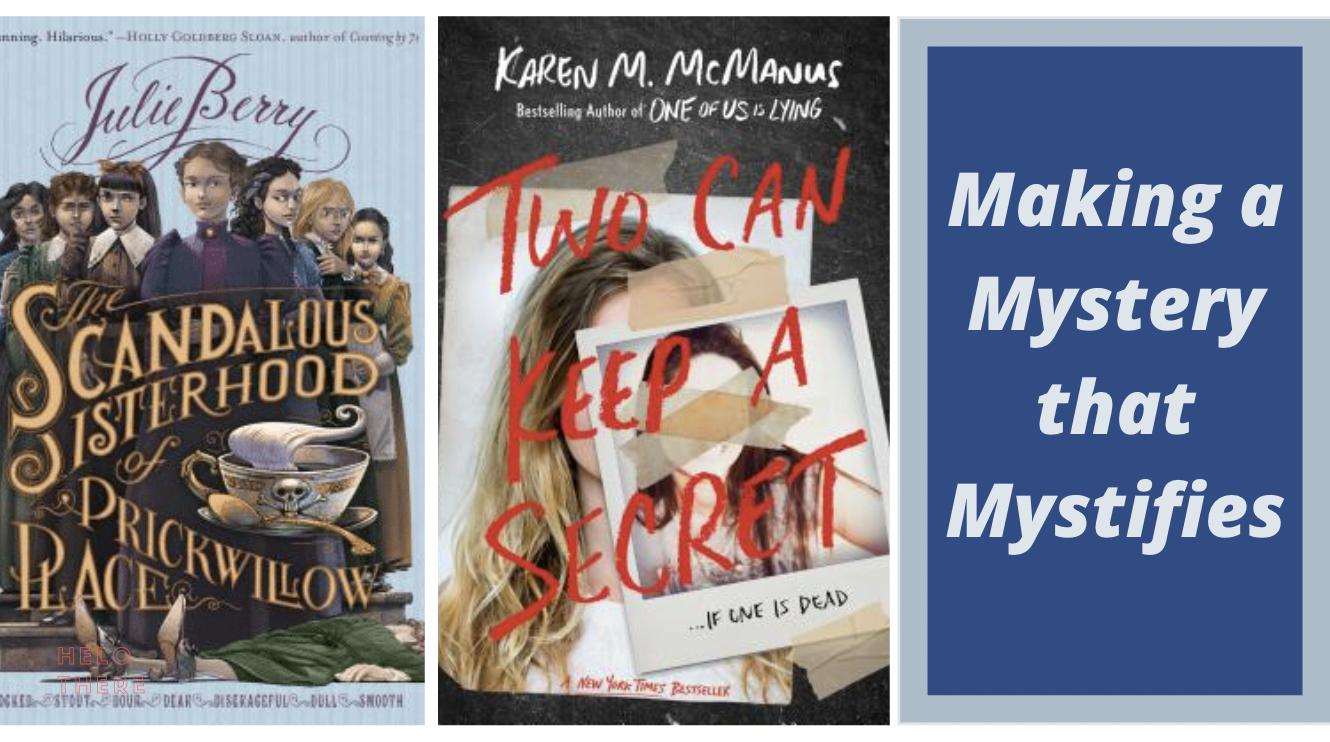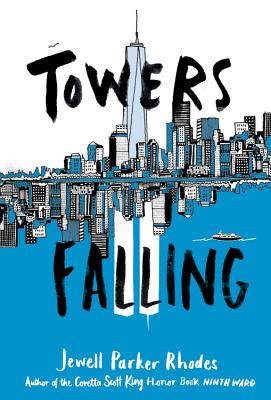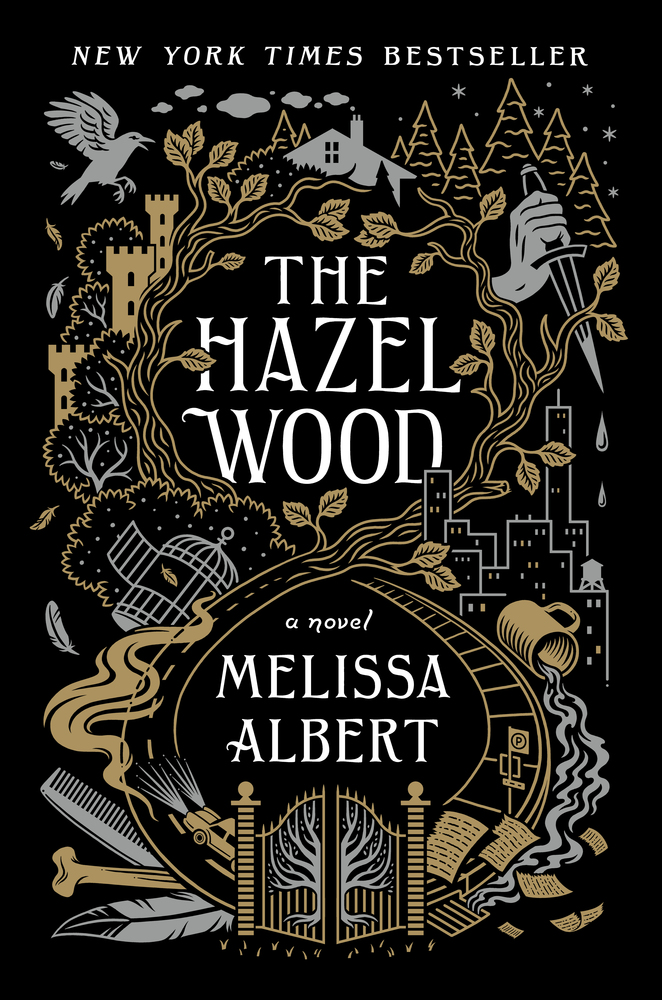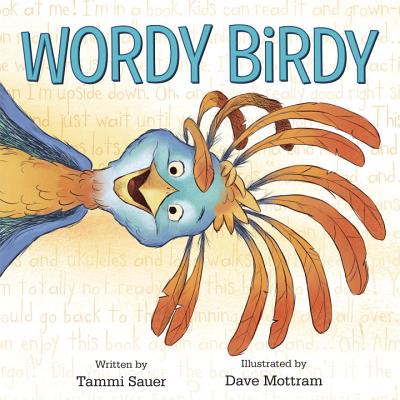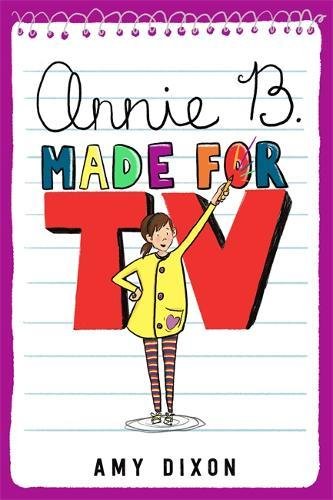hello!
JOIN US IN EXPLORING OTHERS' CRAFT AND BUILDING OUR OWN
Erin takes us through the four scenes that make up the first chapter of Martine Leavitt’s YA novel Buffalo Flats. We talk desire line (both internal and external), character, setting, language, humor and more. Links: Martine Leavitt’s Buffalo Flats “Making Your Character’s Desires Concrete” by Anne-Marie “Crafting Character: Discovering Desire” from KidLit Craft Backstory, articles […]
In order to get early readers on board, Tim had to draw readers in from the very first page and show them what to expect from the book. His 38-word, two-spread introduction to the book is a master establishing shot that covers not just setting, but all the elements readers need to be pulled into a story.
This summer, we’re introducing a new series called In Summary, where we collect up some of our favorite posts on different craft topics. Our first post is on BEGINNINGS. Beginnings give writers the opportunity to capture a reader’s attention, to draw them into the story, to give them a sense of the tone, style, and point of view, as well as whether the character is one they want to spend time with. Beginnings can be slow or fast, voicey or reflective, action-driven or character-driven. There’s no one right way to start a story. But there are more and less effective openings for each particular story. These posts will help you determine what choices you have as you write and revise your opening and prompt you to experiment. We hope you get inspired!
A compelling mystery must engage the reader in solving the mystery, and the best ways to do so are to 1) start the mystery off quick, 2) capture attention with consequential stakes, 3) increase tension, 4) keep the reader guessing, and 5) finish strong.
Jewell Parker Rhodes uses five different types of opening lines in her novel Towers Falling. Great mentor text for how to hook a reader in the beginning of a scene.
In our second curated retrospective post, we look at beginnings. Laurel uses The Hazel Wood by Melissa Albert as mentor text to build a template for writers to experiment with their own openings. I love that this post not only explores what makes a standout beginning, but also illustrates how one might analyze text to […]
analysis by Aimee Haburjak and Kristi Wright Do a search on elements of a good picture book and you’ll quickly find a treasure trove of lists. Here’s one by agent Tracy Marchini. And another by author Margo Finke. And yet another by author Kathryn Evans. Every author, agent, and editor who works in the children’s […]
“The end never comes when you think it will. It’s always ten steps past the worst moment, then a weird turn to the left.” -Lena Dunham I’ve been struggling with endings lately. So I did my usual thing—went back to some of my mentor books. And I found three books I want to talk about: […]
craft review by Laurel Holman There are as many ways to open a novel as there are novels, and while there are some traditional rules about what to do and not to do, those rules are often broken in the hands of a master storyteller. With so many options, and with so much riding on […]
craft review by Anne-Marie Strohman Reviews of Amy Dixon’s Annie B., Made for TV highlight the spot-on, hilarious middle grade voice of Annie Brown’s narration. “Annie’s first-person narration is hilariously astute.” —Kirkus Review “On the last day of fifth grade, when her best friend Savannah wins every award, Annie muses, ‘the only thing I’m best […]
